National Geographic Traveler’s Map of France 1971 also outlined the must-see sites for tourists. We were surprised to realize we followed almost all of their suggestions for the Loire Valley when thumbing through the information post-vacation. NG reminds the reader that the Loire is the “garden of France,” and that “the vineyards along the Loire produce a number of good wines – among them Sancerre, Vouvray, and Bourgueil.” Endorsement enough for me! The wines mentioned were also complimented during a wine tasting class we took, so definitely look for those at home and while in France.
A more detailed layout of center Tours is featured on the 1971 map, and an accompanying caption states: “The capital of the Touraine region affords vacationists a central base for excursions in the Loire Valley.” We chose Tours for language school exactly because of its ideal location for exploring the Loire Valley! Andrew always painstakingly researches our trips, and NG of 1971 agreed with him about Tours. The map also mentions the Tours Museum of Fine Arts since it boasts works by Mantegna, Rubens, Rembrandt, and Degas in the permanent collection, but I must have overlooked those pieces during our visit. I would only go in the museum on free admission days. Otherwise, just relax in the garden, and gape at the cedar of Lebanon. NG also points out that the Gothic Cathedral of St. Gatien in historic Tours retains stained glass windows from the 13th century. Andrew and I filed through the cathedral twice while we were there to see the tie-dye reflections of light on the stone walls of the church.
In regard to the chateaus of the Loire Valley, NG refers to almost every single castle we visited. NG briefly describes Chateau Chambord as the “largest of the Loire chateaus. 16th-century Chambord bristles with an array of chimneys, towers, and dormers. Francois I built the elegant 440 room structure in the Forest of Boulogne as a hunting lodge.” My teacher at Clé also informed me that Francois I only stayed at his monstrous hunting lodge three times! He invited friends and other royals to inhabit his castle during the interim periods, it was left empty after the French Revolution, and during WWII it guarded precious artworks from the Louvre to keep them safe from looting. Andrew and I visited Chambord on June 11, our sixth anniversary. We decided not to pay the entrance fee to tour the castle itself, and instead strolled the extensive grounds, napped under shade trees on the front lawn, and enjoyed the views of the massive edifice. Next time I would pack a lunch, rent a bike, and spend the whole afternoon there!
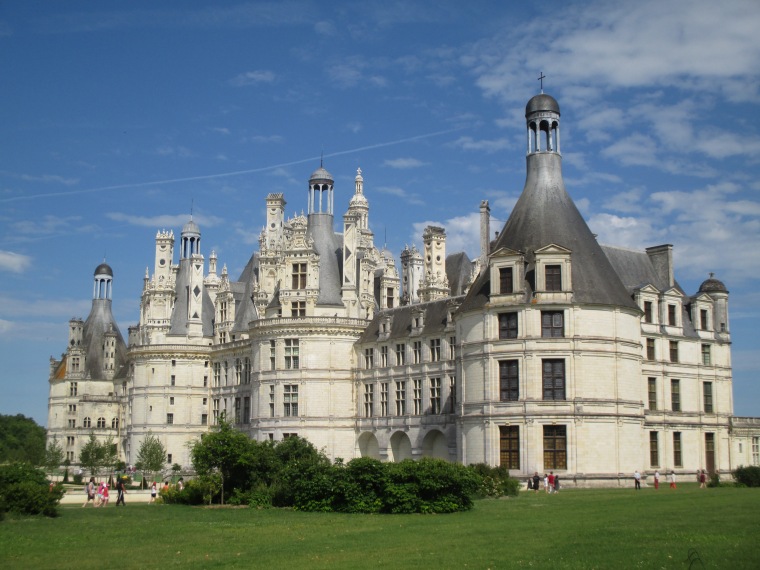
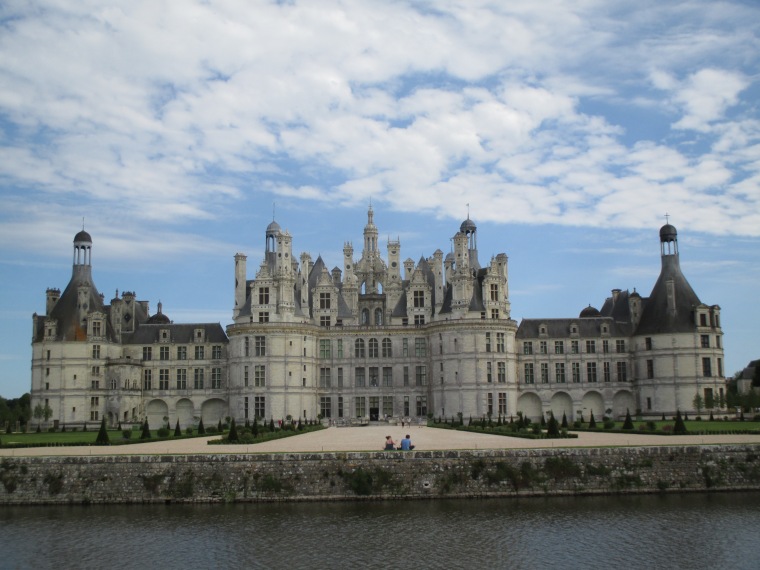

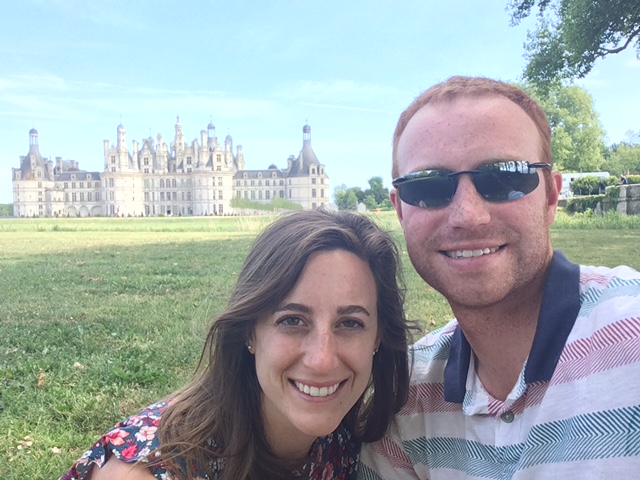
Another chateau mentioned, one we didn’t visit, but that was recommended to us by a server at a restaurant while there, was Chateau Cheverny. Her favorite chateau, according to NG 1971, is “still occupied by the descendants of the builders[.] The chateau – open to the public – has changed little in its three centuries.” Each chateau was owned by different entities: some by the local government, some by the original families, and others by the state of France. I like visiting the ones still owned by families – it is wild to imagine them still holding family functions there, or living on the premises. If I were to return to the Loire Valley, I would definitely visit Chateau Cheverny.
Two other chateaus mentioned by NG are Chaumont sur Loire and Chenonceau. To see the exterior of Chenonceau, canoeing underneath on the Cher River provides spectacular views those along the river banks will never be able to enjoy. Chaumont sur Loire is special because of its extensive gardens. Each year, artists from around the world propose a garden concept or design based on a theme the castle selects. 35 artists are chosen to implement their concept on the chateau grounds, and visitors wander through elaborate displays of flowers, trees, and greenery to experience the artists’ visions. Andrew and I spent at least 90 minutes touring the gardens, and while some of the ideas fell flat, other designers created fascinating displays to echo this year’s theme of “Flower Power.” Check the garden exhibition schedule during the spring and summer months if you’re in the Loire Valley, and plan a morning visit. Just expect to pay a mini-fortune for entrance to the garden and chateau – 18 euros a person.
NG tells the reader about Chateau Amboise as well, another icon well worth a visit for two reasons: Leonardo da Vinci is buried there, and the chateau stands on high ground directly above the Loire River.
Chinon factors into both NG’s and our itinerary, in my opinion mainly for the view back over the charming town of Chinon. Our group also climbed each castle tower to look out over the vineyards that produce some of the most famous Loire Valley wines.
Obviously Azay-Le-Rideau held a special place in NG’s editor’s mind, just like it did in mine. This petite chateau has its own artists rendering on the NG map, and NG suggests a visit to the reader by romantically describing it: “Surrounded by the quiet waters of the Indre, this elegant 16th century chateau is now a museum of the French Renaissance.” We loved the rolling English garden, the arched bridges over the Indre, the impeccably cleaned and restored stone, and the chaise longues spread across the grass out front.
Finally, NG draws the reader’s attention to an historical gem found in the town of Angers, in the region of Anjou, that we also visited: medieval tapestries on the site of an ancient fortress. “Guarded by 17 towers, the feudal chateau of the Dukes of Anjou preserves a collection of tapestries. The longest, from the 14th century, stretches 432 feet and depicts scenes from the Revelation of St. John.” Both the castle and the tapestries merit a look.
So, how did our itinerary compare to National Geographic’s of 1971? National Geographic highlights 9 chateau in the Loire Valley. Of those, we did not visit Cheverny (I counted ones we only saw from the outside as ones we’ve seen, too – Blois, Chambord, and Chenonceau). We did visit two other chateaux that NG did not mention. Villandry, which is worth seeing for its spectacular French gardens, and Langeais, the first chateau we visited, and probably the least impressive of them all.
Have you visited the chateaux of the Loire Valley? Did you see one that is missing from our itinerary? Did I include a chateau that you don’t think is worth the price of admission? Let me know what you think!











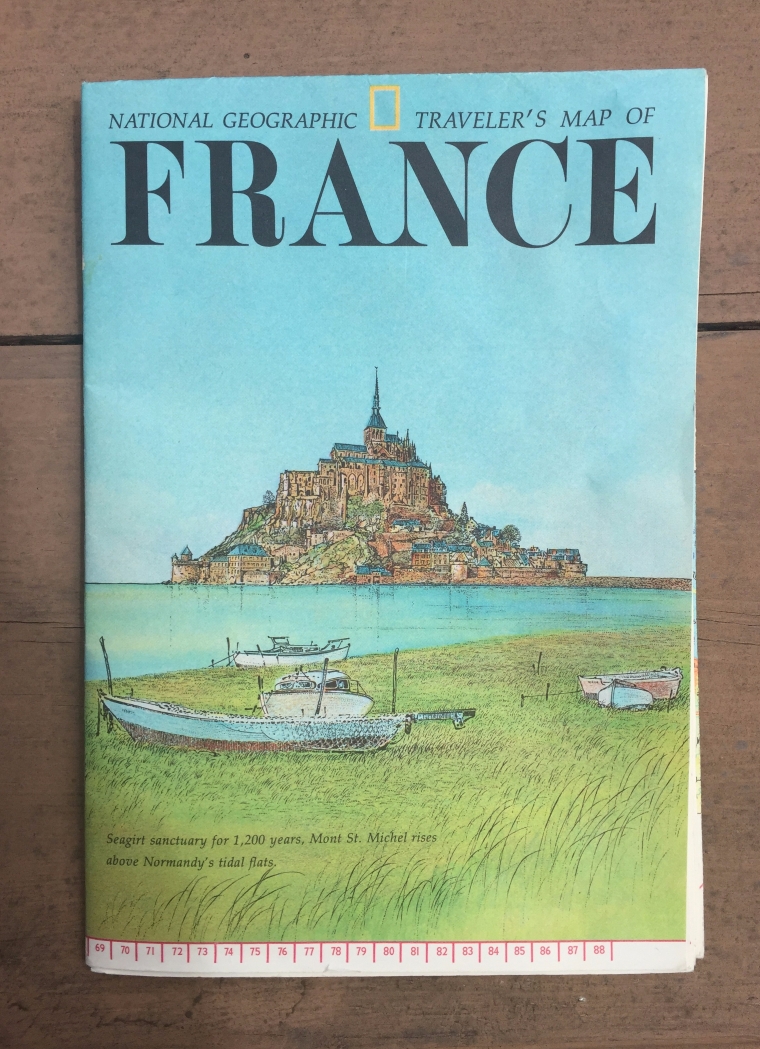


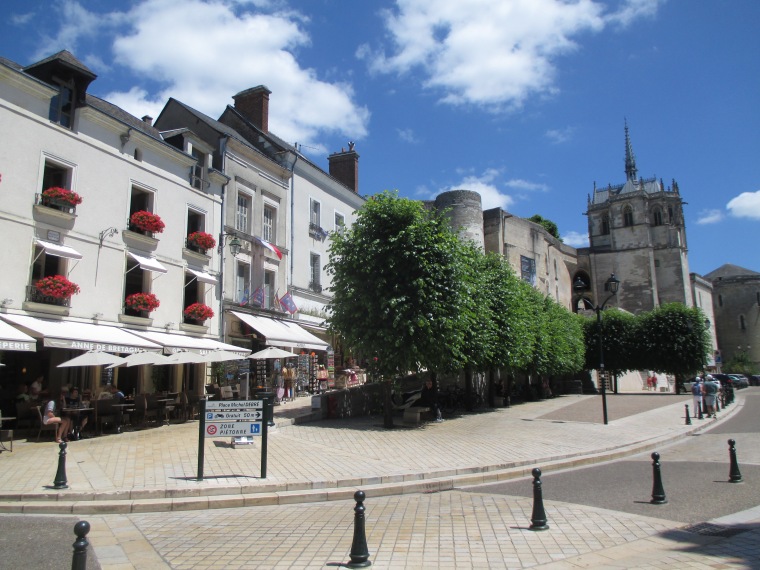
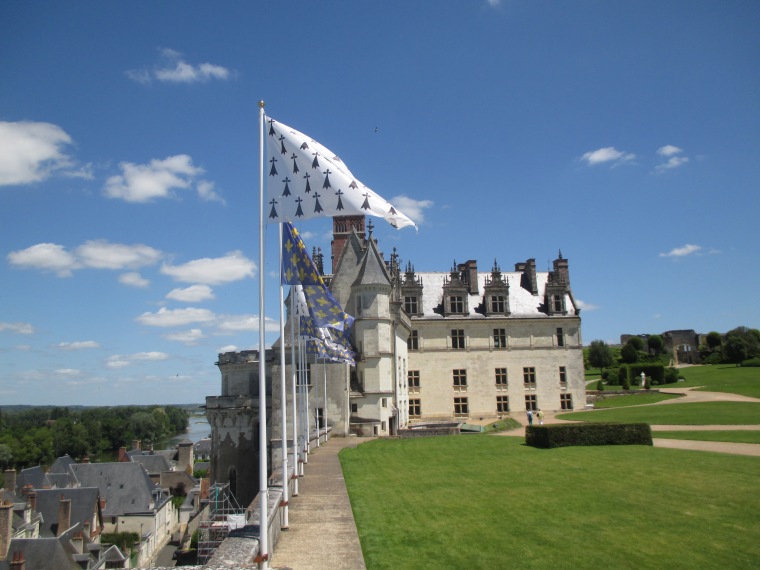












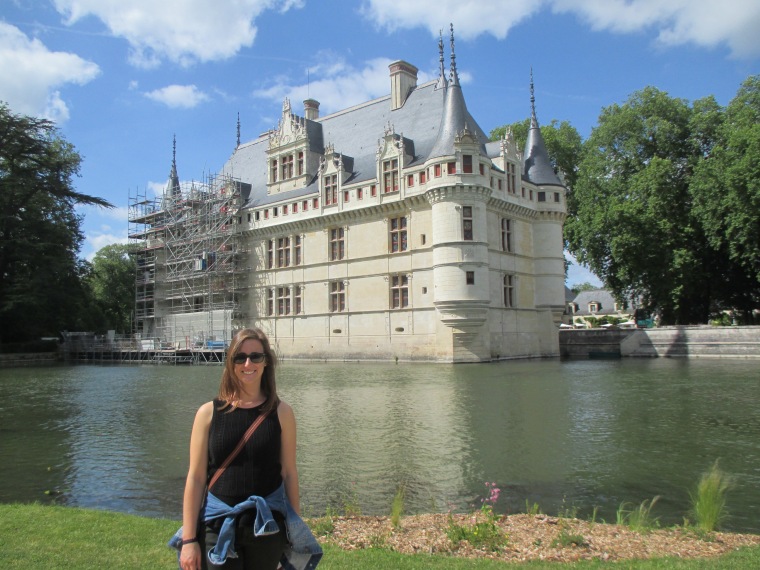
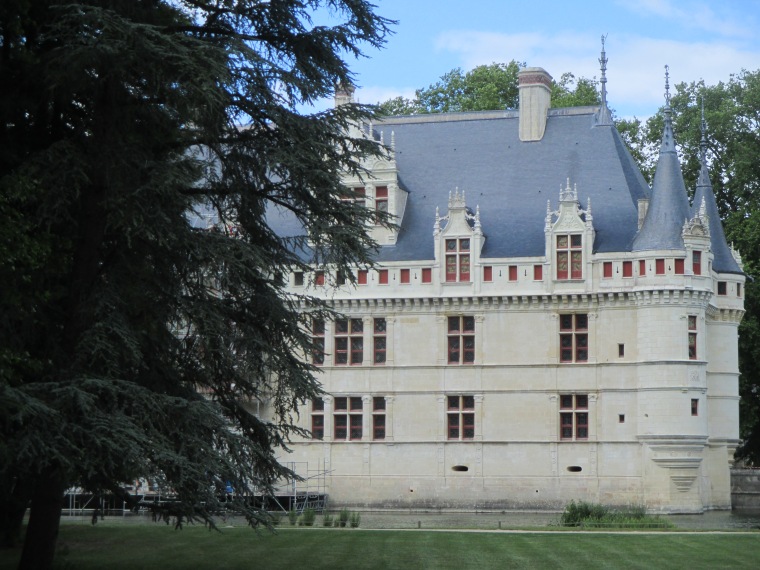
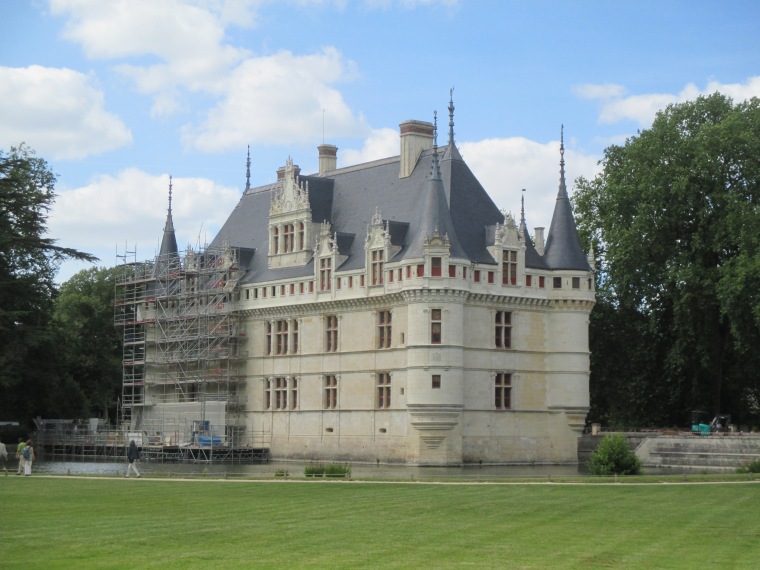
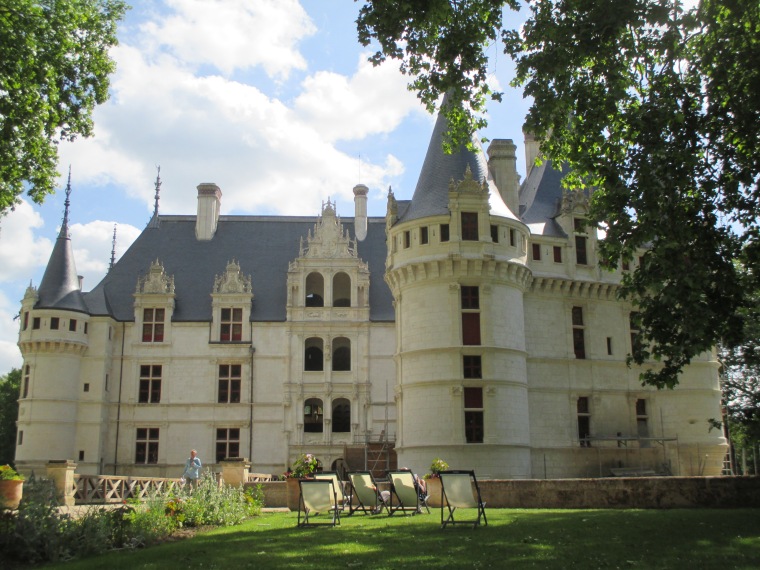
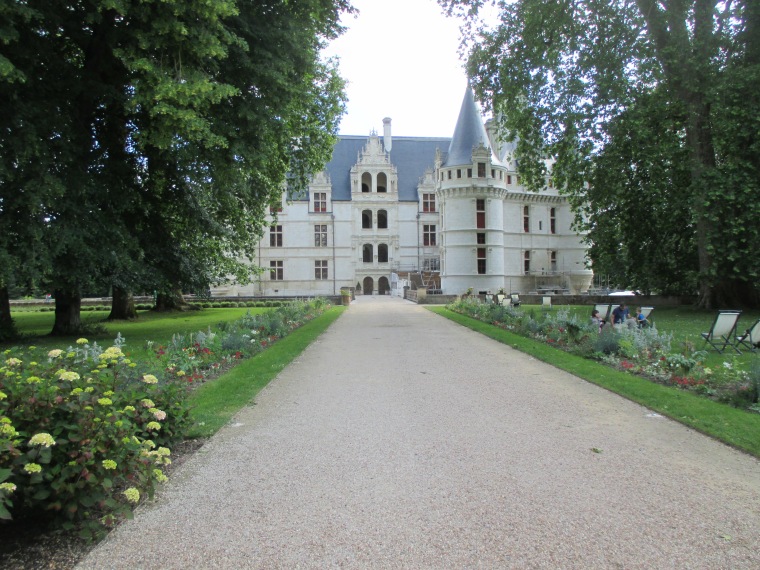






















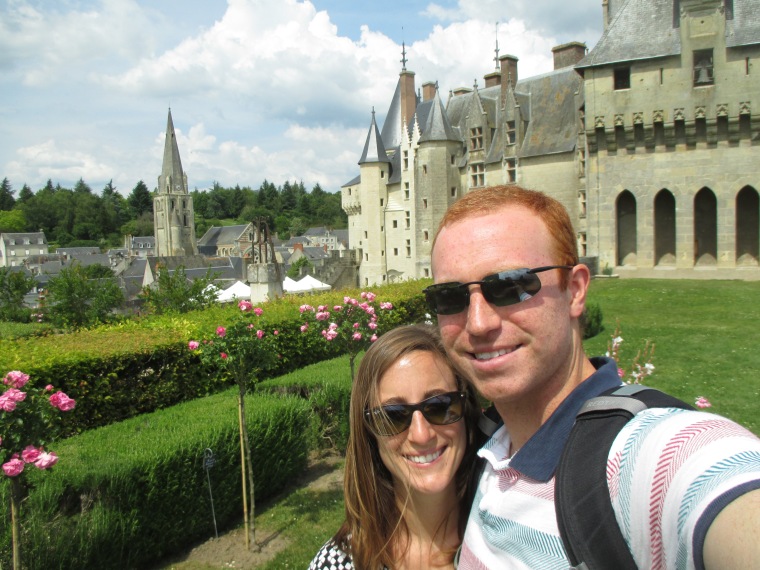
 Langeais is smaller than Tours, but offers an easy afternoon getaway. The garden featuring plants from medieval times caught our attention especially. People in the middle age munched walnuts to keep their hair from falling out, and cooked onion to settle the flatulence caused by legumes. We took notes so we’ll be able to incorporate some healthy habits into our diets! We’re looking forward to comparing Langeais with the Chateaux de Chinon, which we’ll see tomorrow. For now: Je vais au lit:) A bientot!
Langeais is smaller than Tours, but offers an easy afternoon getaway. The garden featuring plants from medieval times caught our attention especially. People in the middle age munched walnuts to keep their hair from falling out, and cooked onion to settle the flatulence caused by legumes. We took notes so we’ll be able to incorporate some healthy habits into our diets! We’re looking forward to comparing Langeais with the Chateaux de Chinon, which we’ll see tomorrow. For now: Je vais au lit:) A bientot!






